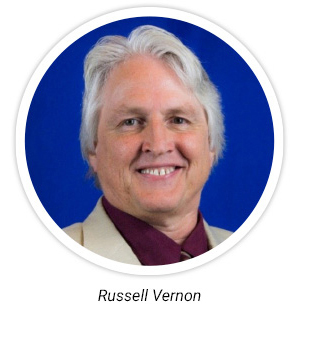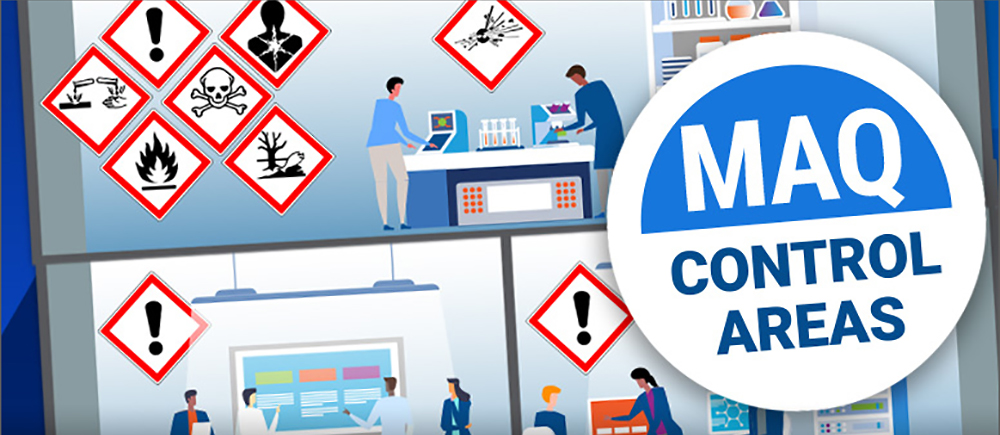The Building Project MAQ Conundrum
When it comes to constructing and remodeling buildings for research, the determination of Maximum Allowable Quantities (MAQs) for hazardous materials is a critical part of planning and executing a building project that ends on time and on budget, and most importantly, results in a safe and efficient use of the occupancies. The process typically involves a complex interplay between fire code consultants, design architects, and the client organization. However, navigating this process is far from straightforward, with a multitude of challenges that arise at various stages. In this article, I delve into the intricacies of using automated MAQ reporting as a solution to ensure that a new construction or remodel fulfills occupant needs and regulatory requirements.
A Pattern of Failure: The Absence of Data in Planning
Throughout my career, beginning as an EH&S Lab Safety Specialist and on up to EH&S Director, I have been involved in the design of several multi-million-dollar buildings that house significant teaching and research programs. When it comes to accounting for the hazardous materials that will be stored in a new building or a remodel, I have observed that the process can easily lead to failure, even when people have the best intentions. Too often the failure follows a similar pattern of oversights and miscommunications that look something like this:
- A Request for Information: The Fire Code consultant, or design architect, asks the client for a list of chemicals, quantities, and locations that will be used in the building.
- Unknown Information: The client (often a department or a research committee) responds that the chemicals and their quantities are unknowable. Clients usually don’t know who will be occupying the building. New buildings are used to recruit new faculty, and what happens in labs changes as research changes.
- Inaccurate Estimations: The architect collects from someone in the client organization one or more lists of chemicals, which typically don’t correspond to the actual inventory for the rooms that would comprise the control areas on a given floor of the building.
- Missing the Full Picture: The building committee is given the B, or “business”, occupancy MAQ limit values for a control area on the 1st floor and are asked if they need more than this. The committee reviews the amounts and believes the limits are for each lab on each floor. They respond that those limits “should be enough”. The project proceeds without sufficient capacity for hazardous materials.
- Inadequate Design: Researchers move into the new building without any idea of the limits the building committee agreed to. They are not informed of those limits and there is no process in place to throttle purchasing within the actual MAQ limit values.
- Unknown Hazards: The result of this series of events is a building that will soon, if not immediately, be out of compliance for the safe storage of hazardous materials. Without an easy way to calculate MAQ limits or compare them to the actual amounts, nearly all building occupants have no idea they are out of compliance. It can lead to expensive fines, research delays, costly rebuilds, strained work relationships, and dangerous conditions for researchers and first responders.
RSS MAQ Reporting: Bridging Blueprint to Reality
When planning for new construction and remodeling existing labs, the application of accurate MAQ reporting can greatly improve the safety and compliance in the institution. But without a system for Fire Code Classification and MAQ reporting, like the one RSS has built, the task of understanding the effect of inventory on MAQ compliance is a highly manual, time-consuming effort.
An automated Maximum Allowable Quantity (MAQ) Limit report derived from the Building and Fire Code can usher in a revolutionary era for the construction and remodeling of buildings that house and use hazardous materials, such as laboratories. By seamlessly integrating the complex regulations and calculations stipulated by the codes into an automated system, this innovation has the potential to yield building planners substantial cost savings and drastically reduce project timelines.
- Ensuring Compliance
One of the primary challenges to MAQ compliance is the manual, labor-intensive nature of collecting and compiling the data. An automated MAQ Limit report streamlines that arduous process while mitigating the risk of errors and miscalculations that can arise from manual interpretation. The RSS automated report can be accurately calculated using several Building and Fire Codes which prevents the under-estimation of MAQ limit values during the design phase of the build. As a result, the need for costly corrective actions or legal battles is substantially diminished, leading to millions of dollars in savings in terms of potential fines, legal fees, and project adjustments. - Staying On-budget
The time-saving benefits of the RSS automated MAQ Limit report cannot be overstated. Traditionally, obtaining approvals and permits for construction or remodeling projects involving hazardous materials is an intricate and time-consuming process. Manual calculations and bureaucratic procedures can cause significant delays, leading to extended project timelines and escalated costs. However, with an automated system in place during the design phase, the building committee can swiftly generate accurate MAQ Limit calculations, ensuring their project adheres to safety regulations and progresses smoothly. The time that would have been spent navigating regulatory hurdles and waiting for approvals can now be dedicated to the actual construction or remodeling process, resulting in considerable time and cost savings.
Conclusion
The implementation of an automated MAQ Limit report derived from the Building and Fire Code holds immense potential to revolutionize the construction and remodeling of buildings that store and use hazardous materials, particularly in laboratory settings. By minimizing the risk of errors, ensuring stringent compliance, and expediting the approval process, this innovation can translate into millions of dollars saved and months of precious time regained. As a result, both the safety of personnel and the financial success of projects stand to benefit significantly from this technological advancement.
About the Author
 Russell Vernon is a Higher Education Business Development Manager at Risk and Safety Solutions (RSS). He is a subject matter expert for everything related to Chemical Inventory Management, Maximum Allowable Quantities, and EH&S and is responsible for the growth of RSS’ higher education client portfolio. Russ has a long history with the University of California, earning his Ph.D. in chemistry at UCSD, and before joining RSS in 2016, Russ was the EH&S Director at UC Riverside. He works with the RSS business development team to learn about clients’ potential needs and shares insights with the development teams to produce meaningful solution features. Before his current position, Russ worked as a Senior Product Developer and EH&S Program Manager for RSS. Russ is a knowledgeable professional with over 29 years of experience in the higher education and EH&S industries. He has taught general chemistry, resolved EH&S lab challenges, and authored multiple publications on topics spanning chemistry and oceanography.
Russell Vernon is a Higher Education Business Development Manager at Risk and Safety Solutions (RSS). He is a subject matter expert for everything related to Chemical Inventory Management, Maximum Allowable Quantities, and EH&S and is responsible for the growth of RSS’ higher education client portfolio. Russ has a long history with the University of California, earning his Ph.D. in chemistry at UCSD, and before joining RSS in 2016, Russ was the EH&S Director at UC Riverside. He works with the RSS business development team to learn about clients’ potential needs and shares insights with the development teams to produce meaningful solution features. Before his current position, Russ worked as a Senior Product Developer and EH&S Program Manager for RSS. Russ is a knowledgeable professional with over 29 years of experience in the higher education and EH&S industries. He has taught general chemistry, resolved EH&S lab challenges, and authored multiple publications on topics spanning chemistry and oceanography.

